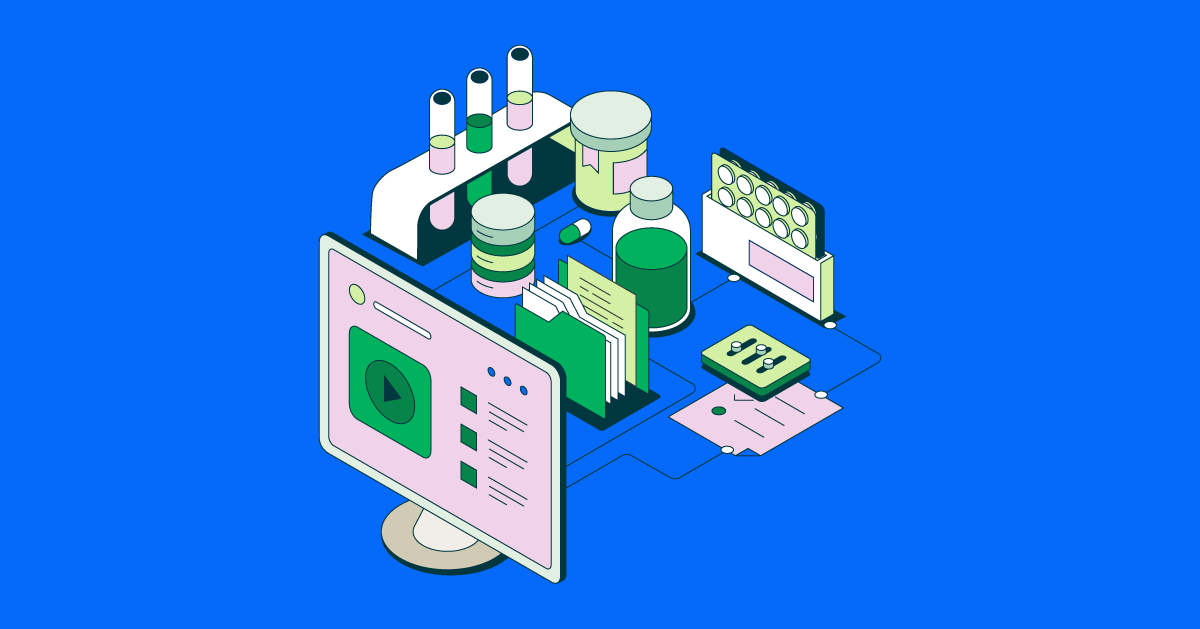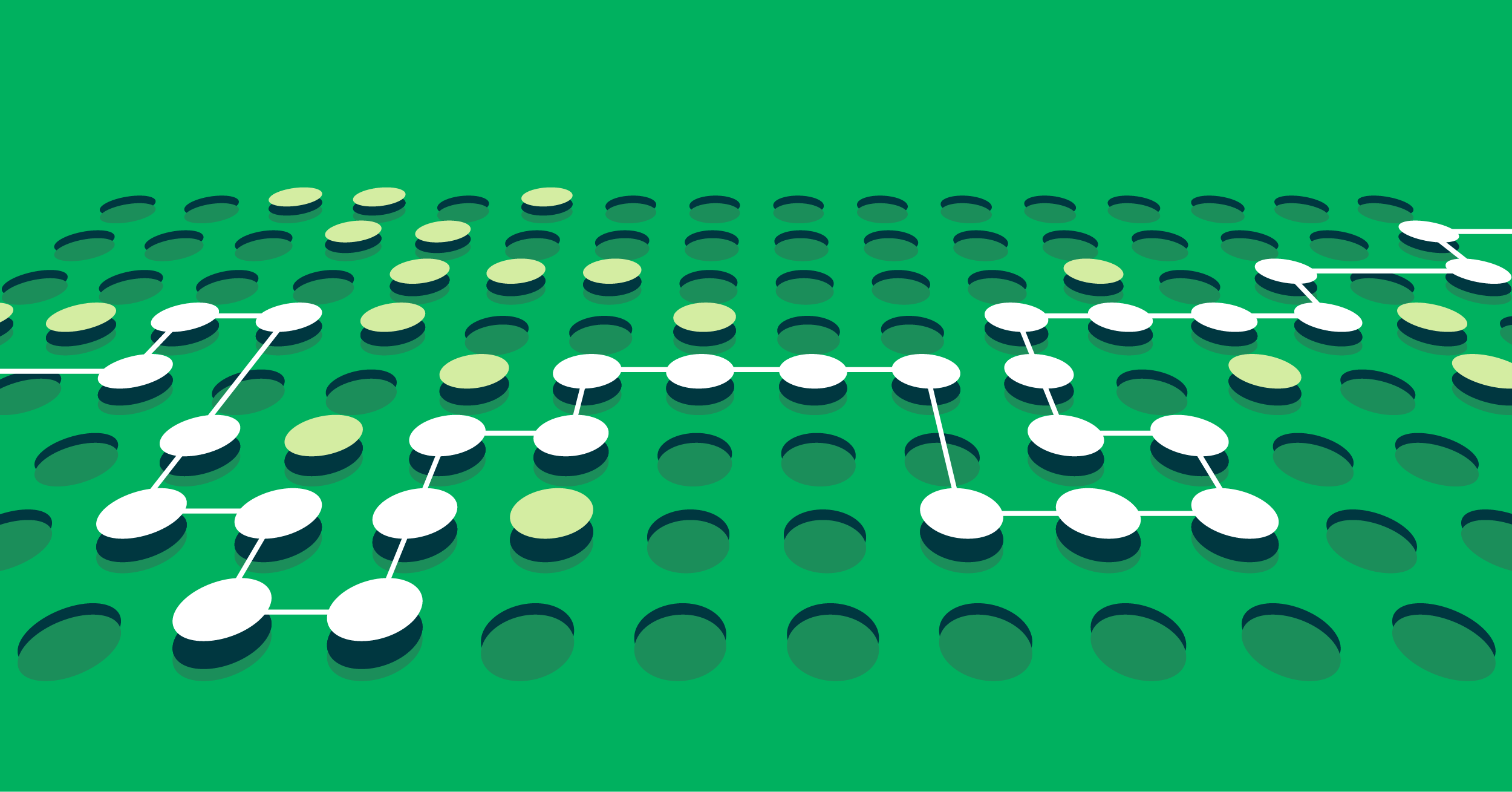How to increase customer acquisition, conversion and retention with a DXP
Customer outreach was already an enormous challenge back when it was analogue. Now that every business has gone through its own digital transformation, it’s spread across countless marketing platforms and channels. As a result, keeping up with individual customers and their needs can seem next to impossible.
A digital experience platform (DXP) can cut out this complexity and contribute to your success, not just in marketing but as a business. Unlike a content management system (CMS), a DXP supports you all the way through data analysis, sales, branding, and content management, giving your teams and customers a cohesive content experience.
What is the role of a DXP?
If you’ve been responsible for digital asset management across the customer journey, you know the pain. Copying and pasting content from one application to another, entering color codes and fonts over and over to ensure everything is on brand, asking the data department about customer data to fine-tune the next campaign…
These are the issues a DXP addresses. Rather than giving a home to your digital content and focusing on authoring features like a CMS, a DXP acts as the centerpiece of your brand’s entire customer experience. That means it covers the entire customer journey, from the first visitor count in Google Analytics to a customer portal, while gathering insights that support more meaningful exchanges between sales, support, and marketers.
In certain ways, you can think of a DXP solution as the next evolutionary step after CMS and web experience management services. As you step up from one to the next, you shift from primarily managing content to orchestrating a personalized experience irrespective of the digital touchpoint. To achieve that, you’ll incorporate features aimed at personalization and analytics, giving you a single point of control over your brand across owned and third-party channels.
With a DXP platform that seamlessly integrates with generative AI, you can deliver content more quickly and effectively while tailoring the experience to various channels and target audiences. This makes for a better user experience in every customer interaction, thus driving engagement across the board.
Magnolia for marketers
Create great customer experiences and marketing campaigns without learning new processes or being slowed down by IT.
What is the impact of using a DXP in marketing?
No company can afford to dabble in the dark when it comes to contextualized digital experiences, and the same goes for the tools supporting them. So, before you can even think about looking at a first DXP vendor, you’ll probably want to know about the impact their digital platform can have on your sales, support, and marketing. Let’s talk about it.
Customer acquisition
There’s probably no single enterprise in the world that doesn’t plan to improve customer engagement and acquisition. That said, the strategies that are supposed to support these lofty goals can be rather vague if your marketing team is already struggling to keep up with the data flood their analytics tools provide.
A DXP doesn’t simply aim to boost your traffic. Rather, it supports you in systematizing personalized content production, tailored to each target audience. Pushing your numbers is always great. But with a DXP, you gain deeper insights into the engagements you already have, and you learn to adjust content to make those interactions more meaningful.
The right platform can help you attract customers with different types of marketing optimizations:
Rapidly launch new microsites and campaign pages.
Quickly scale personalized content across customer segments.
Easily streamline content delivery to emerging platforms such as Metaverse.
Effortlessly repurpose content to save time and keep your branding consistent.
Safely manage your localization in one platform to maintain your brand’s tone.
Improve website performance with better search engine optimization.
As you leverage automation and segmentation functionalities, you’ll also be able to expand your content production beyond the publishing channels you’re currently using – whether that means adopting a new social media platform or localizing content for a new geographic audience.
Conversion
As a rule, tailoring your conversion optimization strategies to your industry’s unique characteristics promises better results.
For instance, in the retail industry, those strategies will often revolve around driving in-store or online purchases, encouraging repeat business, or enhancing the overall shopping experience. In financial services, they’ll often aim to establish trust, simplify complex regulations, or provide financial advice in a digestible form.
Both require strategies for personalization, A/B testing, analytics, and optimization, but they’ll translate to different tactics. In retail, personalization may involve product recommendations based on the purchase history, whereas an individualized offering in finances could span everything from a consulting call to resources based on financial goals or browsing history.
If you’d like to get a sense of what that looks like in real-world examples, read up on how Alior Bank boosted online sales and how Sainsbury’s increased their content creation cycle while boosting customer satisfaction.
The key to success, no matter your industry, is a flexible system that allows you to embed custom tools through APIs while offering solid content production and analytics modules.
Retention
There’s a good reason why successful enterprises focus on customer satisfaction. You are between 40% and 65% more likely to sell to an existing customer compared to a new customer, and personalized marketing strategies can cut your customer acquisition expenses in half.
The key to retaining a customer is to give them a sense of what your brand stands for, and that’s way easier if you provide a seamless experience across marketing channels. You wouldn’t trust someone if they’re super casual or flashy in one moment and solemn and sincere in the next, and brands aren’t any different.
With a platform like Magnolia, everyone on your team, from the sales rep to the copywriter, can leverage the WYSIWYG editing capabilities of digital experience composition, thus keeping your branding consistent and your messaging on point. With everybody in your enterprise on the same page, it becomes easier to act as one cohesive unit, and your clients will certainly notice the difference.
Ultimately, the impact a DXP will have on your business and customers will depend on the systems you’re using now, your clients’ preferences, and content needs, among other things. Before you decide to make the switch, you should thoroughly document your current setup and pain points alongside potential expansion plans or business strategies. Doing so will inform your decision and help you look out for features that can support your business objectives in the long run.
How do you find the perfect DXP for your business?
As with any software, picking the right DXP comes down to the ancient philosophical maxim: Know thyself. Don’t worry, we won’t give you a lecture now, but ultimately, you’re making a very personal choice, and it should feel that way.
Your chosen DXP should not only be able to handle all of today’s content needs, but it should also reflect your company profile, and that includes your current software choices or potential plans for business expansion. If your business is about to change, it’s likely that your tools will as well. Not every DXP can give you the necessary independence from individual applications while maintaining a single source of truth for your brand.
Even the most closed DXP platforms will let you publish on multiple platforms while personalizing content based on analytics or even sales funnel information. But to provide true flexibility, you need a composable DXP with API access. This headless architecture allows you to pick and choose tools based on your preference and industry, and to readjust those choices once you’ve outgrown some of them.
To see why that matters, consider the countless AI tools that are currently fighting for the top spot on the market. There’s no way of telling who will come on top. And even if you could tell, you’d probably be right for a week, before the next app takes over. The same goes for virtual experiences or other marketing trends. In a market like this, a composable DXP gives you planning certainty. Even if you decide to switch tools next year, you can just as easily embed the new one without losing anything or slowing down your production cycle.
Ready to get started with a DXP?
Increasing customer acquisition, conversion and retention rates is always a challenge. After all, you’re dealing with human beings, and even the best statistics don’t translate from one industry to the next.
Magnolia’s DXP gives you the power to deliver content and coordinate your branding efficiently, and it keeps you flexible enough to do so for years to come. No matter what the future of marketing has in store for us, you’ll be prepared with Magnolia as the centerpiece of your marketing and CX operations.
Ready to take the next step and level up your content game? Download our new white paper “What can a DXP do for marketers?” and get started.










